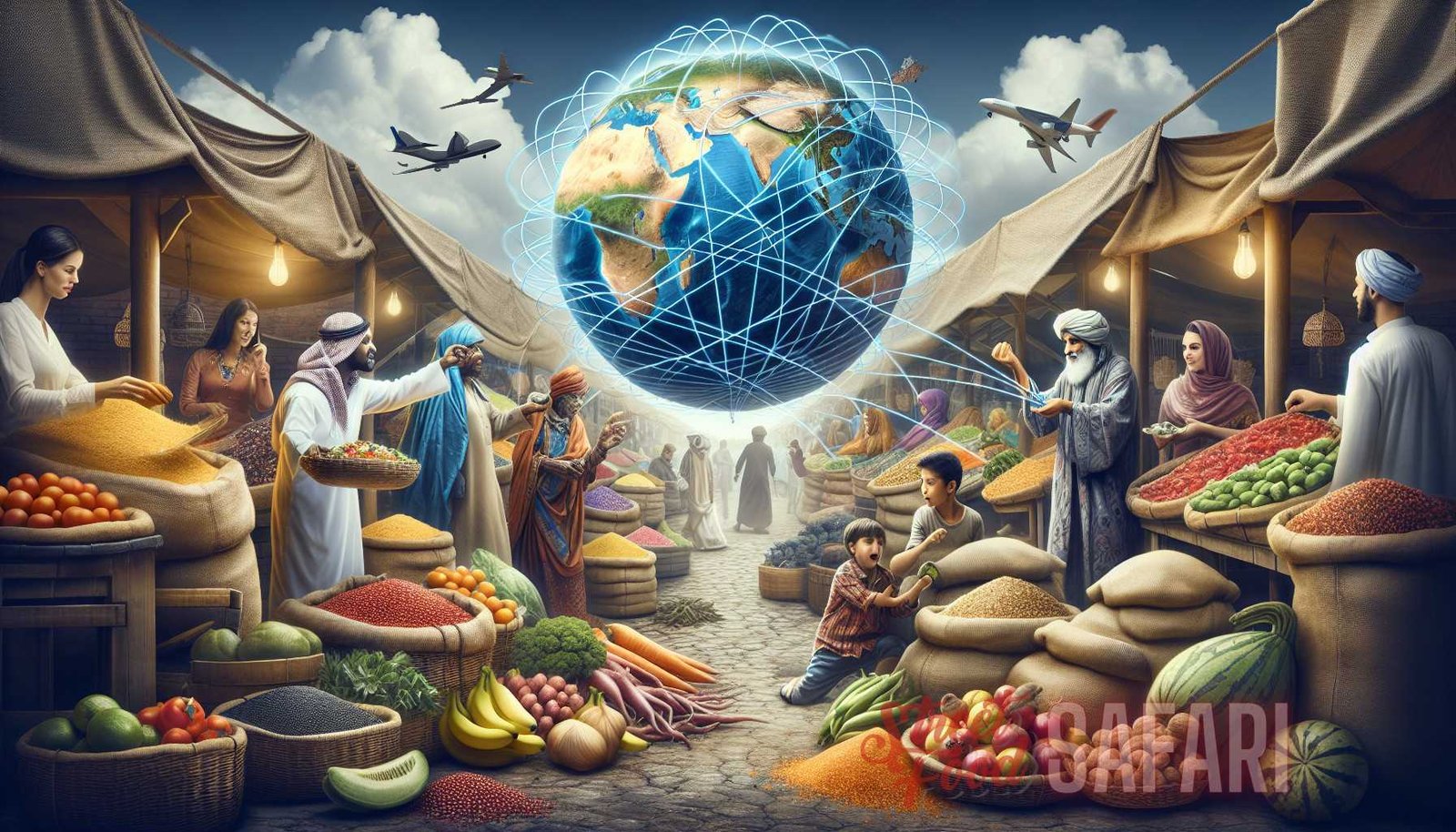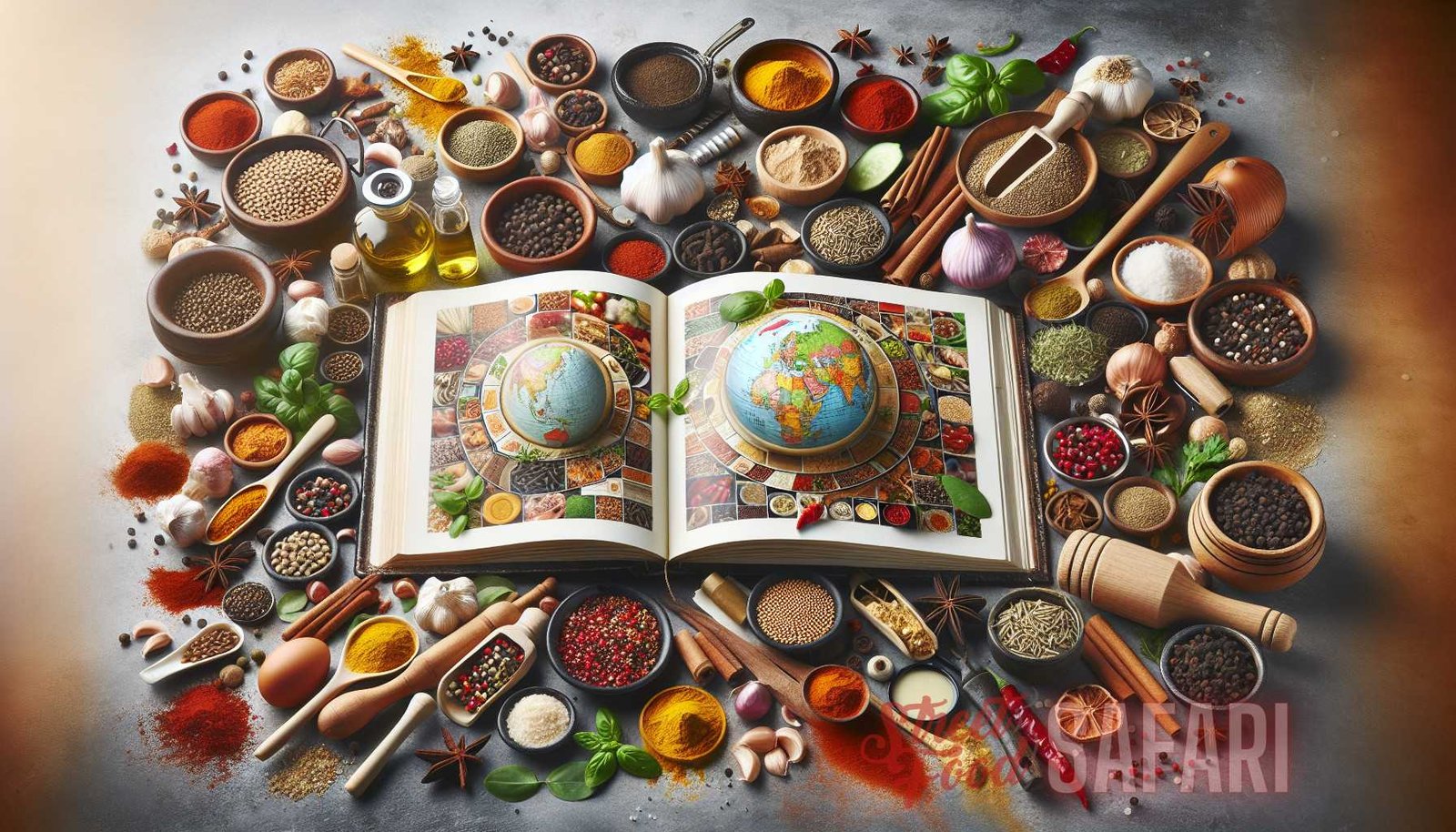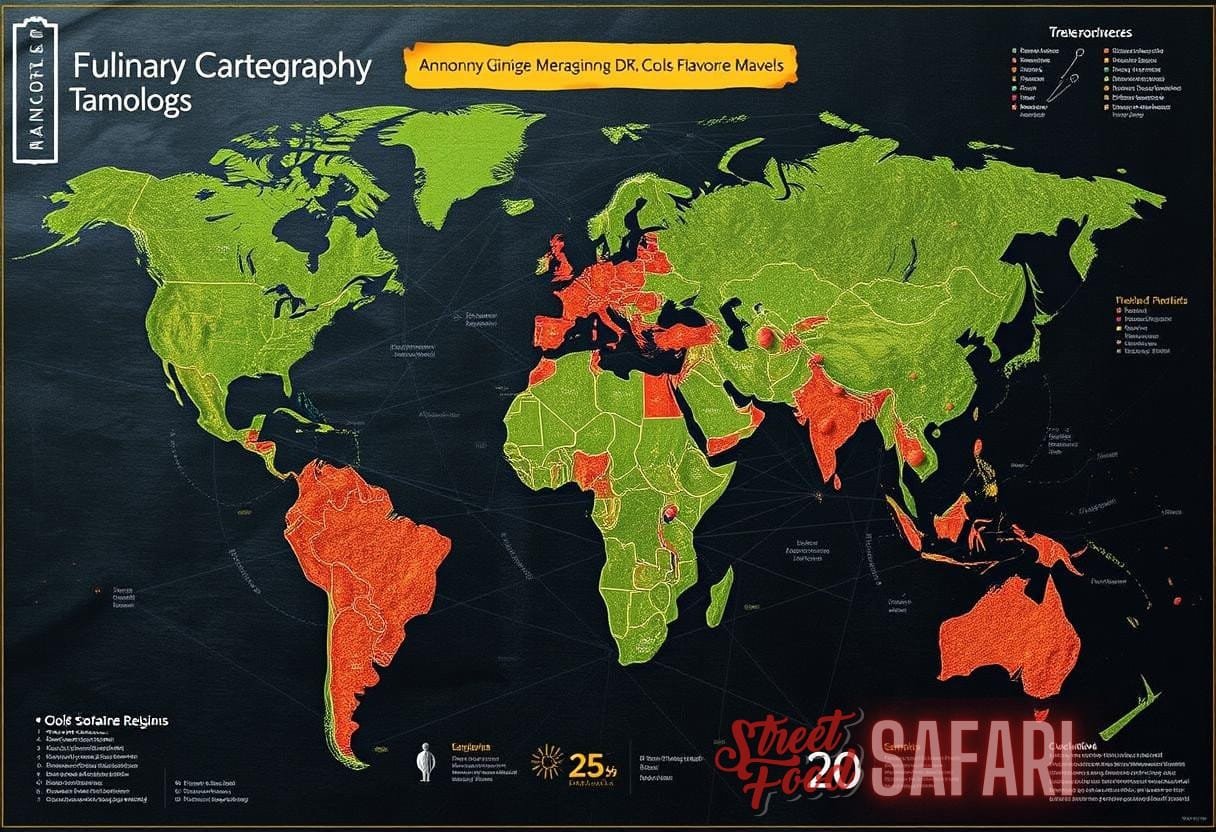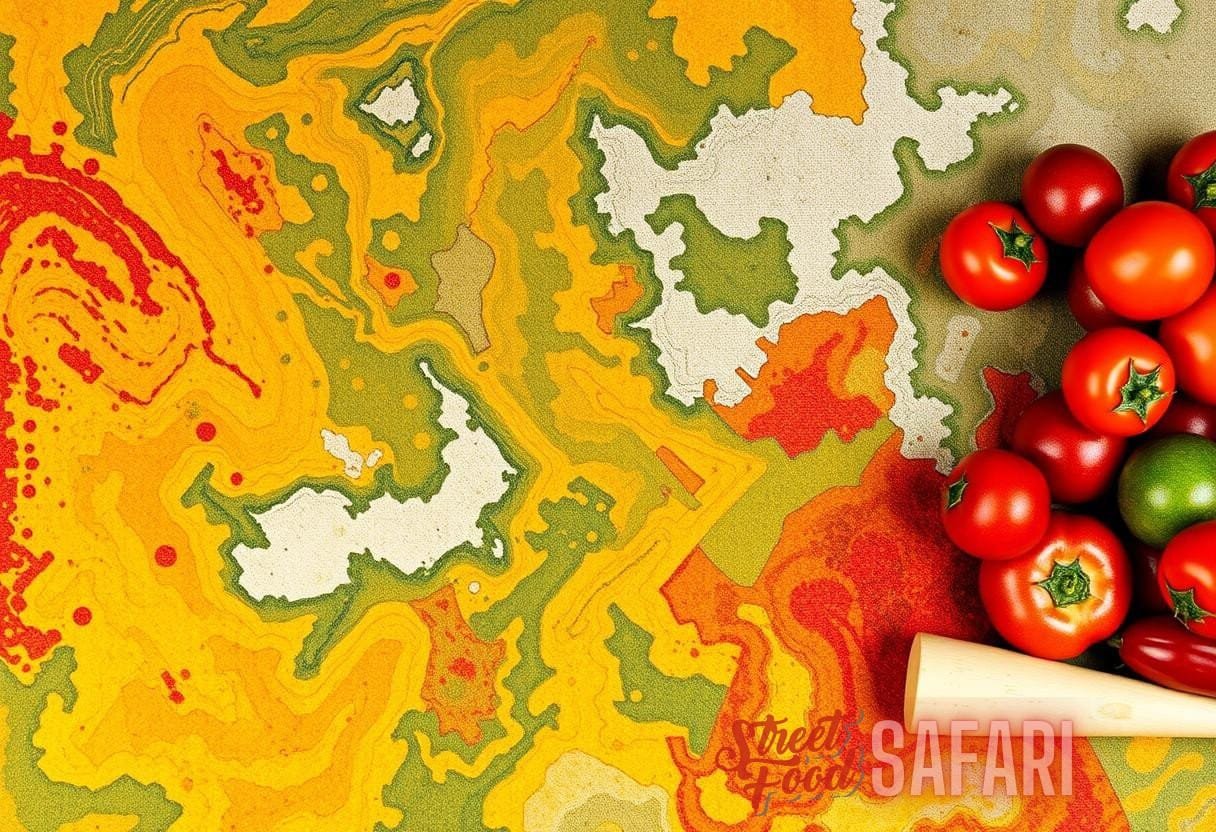The Global Influence on Food Markets
When we think about the food we eat, we often focus on the flavors and ingredients that are familiar to us. However, if we take a closer look, we will uncover a world of global flavors that have influenced the food markets we know today. From spices and herbs, to cooking techniques and culinary traditions, the global exchange of food has shaped our palates and expanded our culinary horizons.
In this article, we will delve into the rich tapestry of global flavors and explore how different cultures have influenced food markets around the world. We will take a journey through time and across continents, uncovering the historical, social, and economic forces that have shaped the food we eat today. So let’s embark on a culinary adventure as we uncover the global influences on food markets.
The Spice Trade: A Global Flavor Revolution
One of the most significant global influences on food markets can be traced back to the spice trade. Spices were highly sought after for their ability to preserve food, mask unpleasant flavors, and add depth and complexity to dishes. This led to a vast network of trade routes that connected the East and West, bringing exotic spices from far-flung lands to the tables of the world.
For centuries, spices such as cinnamon, cloves, nutmeg, and pepper were worth their weight in gold. They were traded like precious commodities and played a pivotal role in shaping the global economy. The spice trade not only influenced culinary traditions but also spurred exploration and colonization, as European powers sought to gain control over the spice-producing regions of Asia.
The global demand for spices led to the formation of powerful trading companies, such as the Dutch East India Company and the British East India Company. These companies played a crucial role in the spice trade, establishing colonies, and dominating the market. They paved the way for the exchange of not only spices but also culinary techniques, ingredients, and recipes, which profoundly influenced the food markets in the regions they established a presence in.
The Columbian Exchange: A Culinary Melting Pot
The spice trade was not the only global event that had a profound influence on food markets. The Columbian Exchange, named after the Italian explorer Christopher Columbus, who initiated the widespread exchange of plants, animals, and diseases between the Eastern and Western Hemispheres, had a significant impact on the way we eat.
When Columbus set foot in the Americas in 1492, he brought back exotic foods, such as tomatoes, chili peppers, potatoes, and corn, to Europe. At the same time, European explorers introduced livestock, sugar cane, coffee, and various fruits to the New World. This exchange of plants and animals had a transformative effect on both continents and forever changed the culinary landscape.
In Europe, the introduction of new ingredients from the Americas led to the development of new dishes and culinary techniques. The potato, in particular, had a profound impact on Europe, as it provided a reliable and nutritious food source for the masses. It helped alleviate hunger and contributed to the population growth in countries like Ireland, where the potato became a staple crop.
In the Americas, the introduction of livestock, such as cows, pigs, and chickens, revolutionized the way indigenous cultures cooked and ate. These new ingredients became integrated into traditional dishes, creating a fusion of flavors and techniques that is still evident in Latin American cuisine today.
The Rise of Fusion Cuisine
The global exchange of ingredients, flavors, and cooking techniques has given rise to a culinary phenomenon known as fusion cuisine. Fusion cuisine refers to the blending of different culinary traditions to create new and innovative dishes that combine the best of both worlds.
Fusion cuisine has become increasingly popular in recent years, as chefs and food enthusiasts look for new ways to tantalize their taste buds. This culinary trend has been fueled by globalization, which has facilitated the exchange of ideas and ingredients on an unprecedented scale.
One of the most influential fusion cuisines is Asian fusion, which combines elements of various Asian culinary traditions with Western cooking techniques. This trend gained popularity in the late 20th century and gave birth to iconic dishes such as California rolls and Korean tacos.
Another example of fusion cuisine is Peruvian-Japanese cuisine, also known as Nikkei cuisine. This culinary style emerged in Peru, where a large Japanese immigrant population blended their culinary traditions with local Peruvian ingredients. The result is a unique combination of flavors and cooking techniques, which has gained international acclaim.
The Impact of Globalization on Food Markets
As we have seen, the global exchange of food has had a profound impact on food markets. In recent decades, the process of globalization has accelerated, further intensifying the exchange of ingredients, culinary traditions, and cooking techniques.

The Rise of Street Food
Street food has always been a part of the culinary landscape in many countries, but in recent years, it has gained a global following. The rise of street food can be attributed to various factors, including the increasing popularity of food trucks, the desire for authentic and affordable dining experiences, and the influence of social media.
Street food provides a unique glimpse into the culinary traditions of a particular region. It often reflects the cultural diversity of a place and showcases the global influences on local cuisine. From taco stands in Mexico to noodle stalls in Thailand, street food has become a popular way to experience global flavors in an informal and accessible setting.
The exchange of street food has also led to culinary cross-pollination, as vendors adapt and incorporate flavors and techniques from different cultures into their dishes. This has resulted in the emergence of fusion street food, such as Korean-Mexican tacos or Indian-inspired burgers.
The Role of Food Tourism
Food tourism is another phenomenon that has been fueled by globalization. People are increasingly traveling to different countries to experience the local cuisine and learn about the culinary traditions of a particular region. This has led to a booming industry centered around food tours, cooking classes, and culinary festivals.
Food tourism not only stimulates local economies but also fosters cultural exchange and appreciation. It allows travelers to immerse themselves in the flavors and traditions of a foreign land and creates a deeper connection between people and the food they eat.
The Influence of Social Media
In the digital age, social media platforms have become powerful tools for sharing food experiences and discovering new flavors. Food bloggers, Instagrammers, and YouTubers have built large followings by showcasing global flavors and uncovering hidden culinary gems.
Social media has contributed to the globalization of food markets by exposing people to cuisines from all over the world. Through visually stunning images and engaging storytelling, social media influencers have the power to inspire people to try new foods and explore different culinary traditions.
Additionally, social media has made it easier for food enthusiasts to connect with each other and share their culinary experiences. Online communities centered around food have sprung up, allowing people to exchange recipes, tips, and recommendations, further fueling the global exchange of flavors.
Conclusion
The global influences on food markets are undeniable. From the spice trade to the Columbian Exchange, the fusion cuisine to the impact of globalization, our palates have been shaped and expanded by the flavors of the world.
As we continue to explore new culinary frontiers, it is important to recognize and celebrate the diverse influences that have contributed to the food we eat today. Whether we are savoring a bowl of ramen in Japan or biting into a taco in Mexico, we are experiencing the rich tapestry of global flavors that have brought us together.
So let us embrace the global influences on food markets and embark on a never-ending culinary journey that celebrates the flavors of the world.
For more information on global culinary influences, check out these articles:
And for a deeper dive into the history of global flavors, visit Wikipedia’s page on the Age of Discovery.



